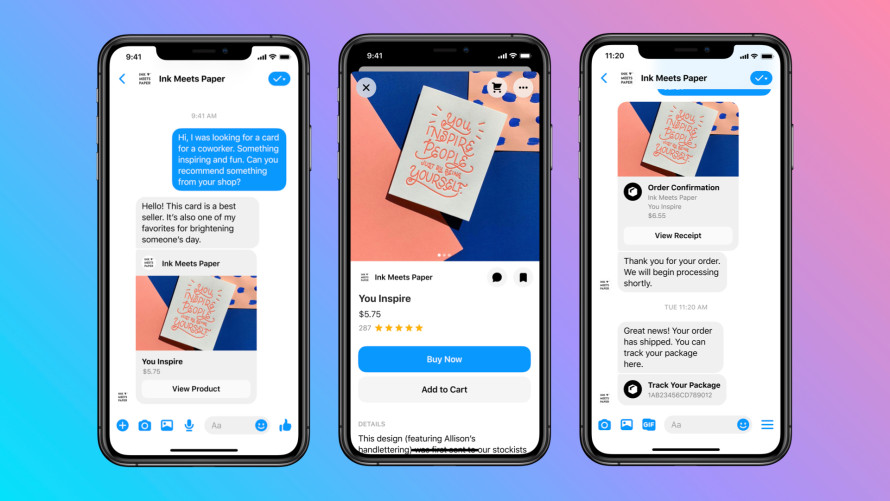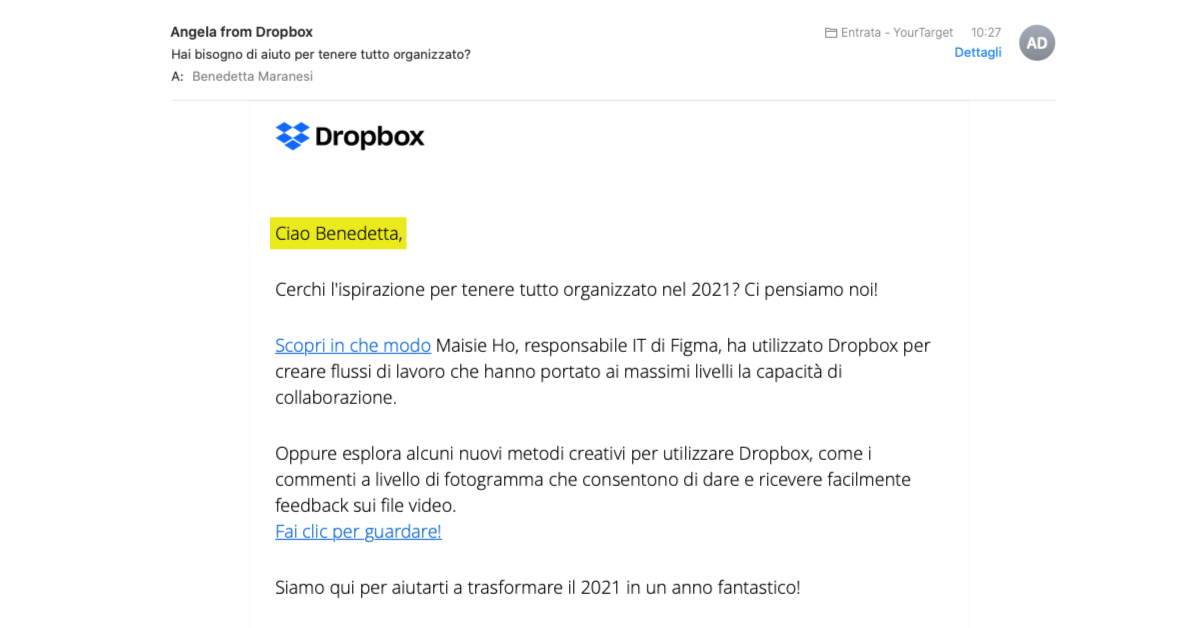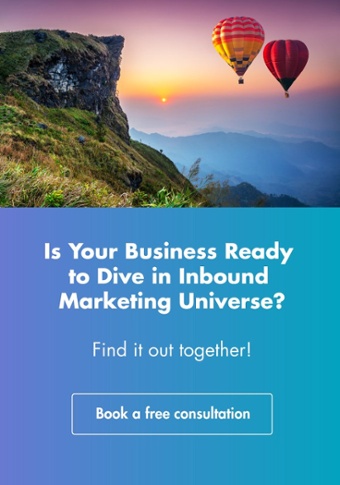Wondering how to promote your eCommerce and stand out from the competition? You’re in the right place.
The world of eCommerce is constantly expanding. As consumers continue to swap brick-and-mortar in-store experiences for the convenience of online shopping, brands need to ensure their digital marketing strategies are relevant and align with shifting consumer demands.
It’s imperative to use digital marketing tactics, data, and analytics to establish your brand’s online presence and optimize your customer journey to increase conversions.
In today’s article, we’ll explain how to find new customers for eCommerce using tried and trusted digital marketing strategies. Ready?
1. Optimize your eCommerce store.
To run a successful eCommerce website, it needs to be fully optimized and designed with the user experience in mind.
If your website is confusing, difficult to navigate, or slow, it can directly impact your conversions and customer satisfaction rates.
Alternatively, a website that’s fast and effective, allowing the user to find exactly what they need in a few clicks, can have the opposite effect and result in increased conversions.
When it comes to optimizing your website, consider these important aspects:
- Mobile accessibility: In today’s digitally connected world, more people than ever before are using their mobile devices to carry out several online interactions—including shopping. More than half of internet shopping traffic comes from mobile devices, so optimizing your website to be mobile responsive and fast-loading is crucial.
- Page load speed: People don’t want to wait for a website to load. After all, they’ve got better things to do with their time. 47% of consumers expect a web page to load in 2 seconds max, and 40% of them will abandon a website if it takes longer than 3 seconds to load. So, to reduce bounce rate and stop people leaving your site before they even look around it’s a good idea to optimize your website to improve page load speed.
- User experience (UX): This is all about ensuring visitors to your site have the best experience possible. This means making your site easy to navigate, providing them with value through content marketing, and ensuring the checkout process is as streamlined as possible. A great UX can improve conversions, brand image, and customer satisfaction rates.
- Search Engine Optimization (SEO): SEO is the process of optimizing your website for search engines to increase organic traffic. This means including keywords and phrases that enable users to find you easily through the SERPs on Google and other search engines. An SEO strategy is a must in today’s competitive eCommerce landscape.
2. Create buyer personas.
You’ve probably heard of buyer personas before, but if you haven’t, here’s a quick explanation.
A buyer persona refers to a semi-fictionalized representation of your ideal customer. A buyer persona helps you to understand exactly what it is your customers need, along with their pain points. Understanding this allows you to tailor your content marketing strategies to align with their needs, to ensure you’re providing value where it’s needed.
Knowing your audience allows you to better target specific campaigns and products. It involves taking into account their demographics, online behavior, and pain points to ensure your marketing efforts are targeting them in the right place, at the right time, with the right information.
3. Make your social media profiles shoppable.
Social media is no longer an online space reserved for communication and uploading holiday snaps. Nowadays, social media is so much more—including a place to shop.
Social commerce describes the fusion of social media platforms and eCommerce platforms. It describes the use of social media sites to promote, sell, and buy goods and services online. It means users can browse through products on a brand’s social media page and purchase directly via the platform, without having to visit a third-party website.

87% of social shoppers believe that social media helps them make purchase decisions. For businesses, this is a great way to simplify the user experience and purchase process, as well as leverage the full benefits of social media advertising.
If you’re already implementing a great social media strategy, you can easily optimize your profiles to increase conversions. Most social media platforms have the option to make your profile shoppable. Let’s take a look at how it works with some of the most popular platforms:
- Instagram: This is by far the most shoppable social media platform. Instagram is where people engage with brands and influencers the most, which makes it the perfect place to start increasing conversions. On Instagram, you can tag products and use shoppable tags in regular posts and stories. Instagram users can easily recognize a shoppable post with the shopping bag icon in the corner. Clicking this will bring up a list of the products featured in the post, and link directly to your eCommerce where they can make a purchase.
- Facebook: Brands can sell products directly on Facebook with a product shop. Moreover, it offers the ability to tag products in images and videos with shoppable collection ads. Facebook ads are an important feature of any eCommerce digital marketing plan, as they allow you to utilize highly segmented ad targeting to deliver relevant information to audiences and boost ROI.
- YouTube: Youtube has nearly as many users as Facebook. Businesses can leverage YouTube to promote products, provide product reviews or explainer videos, and connect with audiences via video content.
4. Optimize your email marketing campaigns.
Sending out automated emails to your audience is a great way to respond to specific activities and maximize sales. Below are some tips for optimizing email marketing campaigns and ensuring they deliver timely, relevant information to your audience.
- Send welcome emails once leads sign up for your newsletter. They want to hear from you, so start the relationship off on a good foot with a friendly series of welcome emails letting them know what they can expect from you.
- Use audience segmentation to provide personalized emails tailored to the different people that make up your diverse audience. There’s no such thing as “one message fits all” so it’s important to consider what different people want from their relationship with your brand. Personalizing email can drastically increase open rates, click-throughs, and engagement while reducing unsubscribe and bounce rates.
- Send cart abandonment emails to remind people of what they’ve left behind. More than 75% of shoppers will abandon their cart at some point, that’s just a fact. However, providing them with a gentle reminder that they still have items in their cart can draw them back in until they make a purchase decision.
- Offer exclusive deals and discounts to members. Your loyal customers are the ones who keep your business running. They come back time and time again, and they’re also the ones who are most likely to recommend your product or service to other people. This deserves a reward!
5. Offer a personalized experience.
Personalization is a buzzword in the marketing industry. Nowadays, consumers expect a personalized experience from the brands they interact with. eCommerce behemoths like Amazon, Asos, and Zalando have caught onto the personalization trend, and it’s clear that it works.

Providing a personalized experience involves sending emails with special offers, recommending products or services based on their past interactions, and sending special offers and discounts. To better understand your audience and how to personalize their experience with your brand, you’ll need to go back to your buyer personas to see exactly what makes them tick, and what doesn’t.
6. Leverage recommendations.
Did you know that 88% of consumers place their trust in word-of-mouth recommendations from their peers? Think about it. If a friend recommends a great product to you, you’re more likely to trust that it’s a great product and try it out for yourself.
Word of mouth marketing is a powerful sales technique, which is why 82% of marketers use it to increase their brand awareness, and 43% expect it to directly improve sales.
Consumers are more likely to trust recommendations from other users, which is why it’s important to leverage those recommendations to boost sales on your eCommerce site. There are two key ways to do this:
- Include share buttons: Doing this encourages consumers to engage with your content or product pages on their social media accounts. This is a great way to boost organic traffic to your page and generate new leads. Plus—you don’t have to do anything!
- Testimonials and recommendations: By including testimonials and recommendations on your page you’re giving visitors the information they need to make decisions regarding how your product or service could help them. When it comes to B2B marketing, you should include images of the logos of any brands that you’ve already worked with.
Test, test, and test again!
Once you start implementing the six tips above, we guarantee you’ll start to see better engagement, fewer bounces, and increased conversions. However, the journey doesn’t stop there. Remember that eCommerce marketing is an ever-changing field. It’s one that certainly keeps digital marketers on their toes!
You’ll need to stay up to date with digital marketing trends to ensure you’re meeting consumers’ needs. You should also make sure you’re communicating with your audience to nurture the relationship and ask for any feedback to help you improve. When it comes to website functionality, you’ll need to engage in A/B testing to ensure everything is running as smoothly as possible for your visitors. Improvement is an ongoing process—so keep going!
Want to know more about creating an eCommerce marketing strategy that gets results?
We can help! Book a free consultation today.

